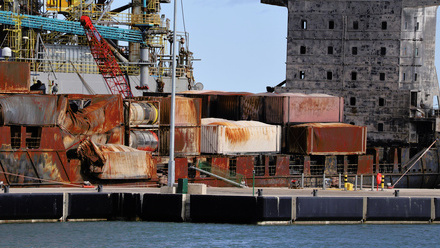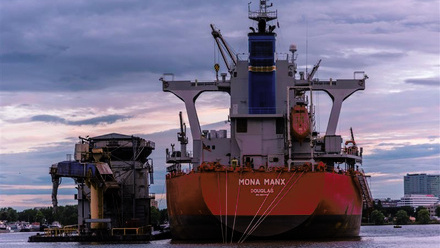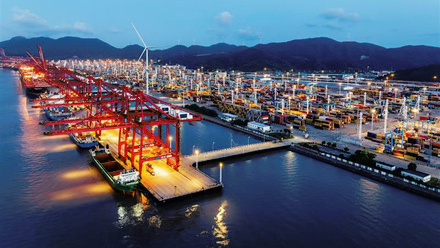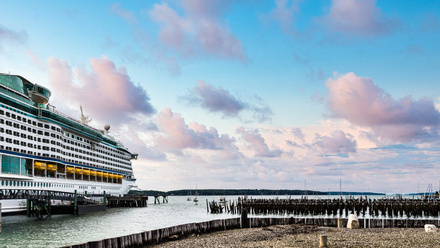Human element of shipping should be prioritised as technology increases
Only through the prioritisation of user empathy can ship designers mitigate the risks of technology-driven disruption according to Dr Claire Pekcan, director at Safe Marine.
At a webinar hosted by IMarEST’s Human Element Special Interest Group, Pekcan, an advocate for emphasising human factors in shipping, urged industry leaders to invest in understanding how people interact with new technologies to shape the future of shipping.
Automation failures have become a major concern for operators, owners and ports. Therefore, the industry needs to think about how it implements technology and automation and consider any unintended consequences.
“Catastrophic failures are not uncommon,” she stated. “What that’s telling us is that in human factors terminology, we're failing to understand that our ships and our shipping companies are human technical systems, not just technical systems, more commonly referred to in the human factors world as ‘sociotechnical systems’.
“We cannot simply plug and play. We need to think about new technologies and the impact they have on our old systems of working and how we integrate them within the ways of working within this sociotechnical system if we're going to avoid these sorts of incidents from happening.”
Engineers and deck officers need to be trained to make sense of the streams of data and error codes now at their fingertips. “People need to be able to develop an accurate mental model of the technology, both of its capabilities, and also what it's doing if they're indeed to operate it how it’s intended,” Pekcan argued.
It's all in the mind
Drawing on her organisational psychology experience, Pekcan referred to “decades of research” that have made clear that human interaction with technology automation is not independent.
“So, the automation influences us and our performance.” This, she continued, creates a conundrum. “We attempt to make it more robust, more reliable, but the more we make it robust, the more reliable we make the automation, the less likely the people operating it are going to be aware of critical information.”
Automation operations often take place behind the scenes, making it impossible to monitor everything that is going on. “We tend to leave the computer to do its thing. And unfortunately, what happens is, as has been shown, that we no longer know how to operate the machines and we don't know how to take over manual control.” That's when serious incidents can occur, Pekcan claimed.
Ship designers and engineers can add lots of functionalities into technology, but before doing so they need to ask themselves questions according to Pekcan: What value is this adding? What problem is it solving? And what are the consequences for the human?
“We need to use automation in clever ways,” she said, putting forward two approaches. The first is a design-thinking approach.
“What is required is a deep empathy of the users, understanding exactly what it is that they need in terms of information to support their decision making. We need to focus our energies and efforts in designing systems that understand the human in the human technical system.”
The second is a systems-thinking approach, described as thinking holistically about the interaction of different components and elements.
Designers must also take account of people. “While we still have seafarers, and we still have people involved in the operation of our vessels in our industry, we need to understand that currently technology is fundamentally dumb, whereas our people are smart.
“You need to make sure that they are masters of the machines and not their servants. I implore you to employ design- and systems-thinking and invest in understanding how people will interact with these new technologies if you're going to make sure that it's operable throughout its lifecycle,” Pekcan told the webinar.
Pekcan concluded that if we define madness as the act of doing the same thing over and over again and expecting a different result, then the industry needs to guard against doing that when it comes to implementing technologies.
“We cannot just put new technologies into old systems without rethinking how we design things. We need to rethink, not just improve, if we're actually going to achieve our goals.”
Join IMarEST’s Human Element Special Interest Group.
Main image: Technology onboard a modern ship; credit: Shutterstock






